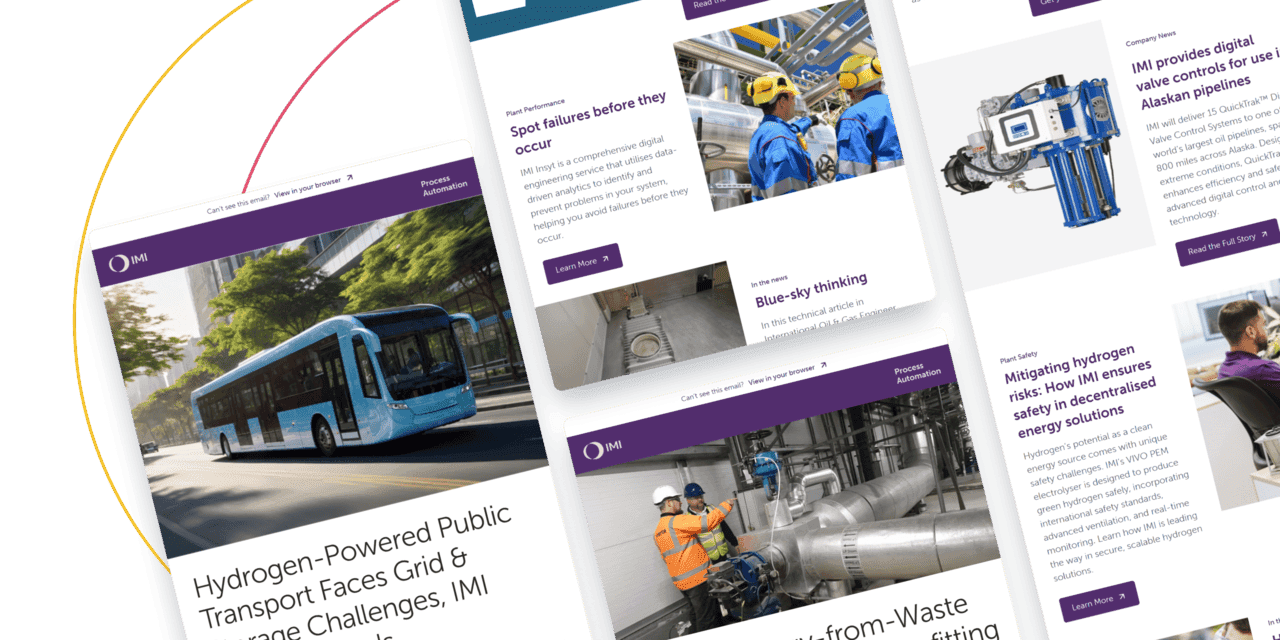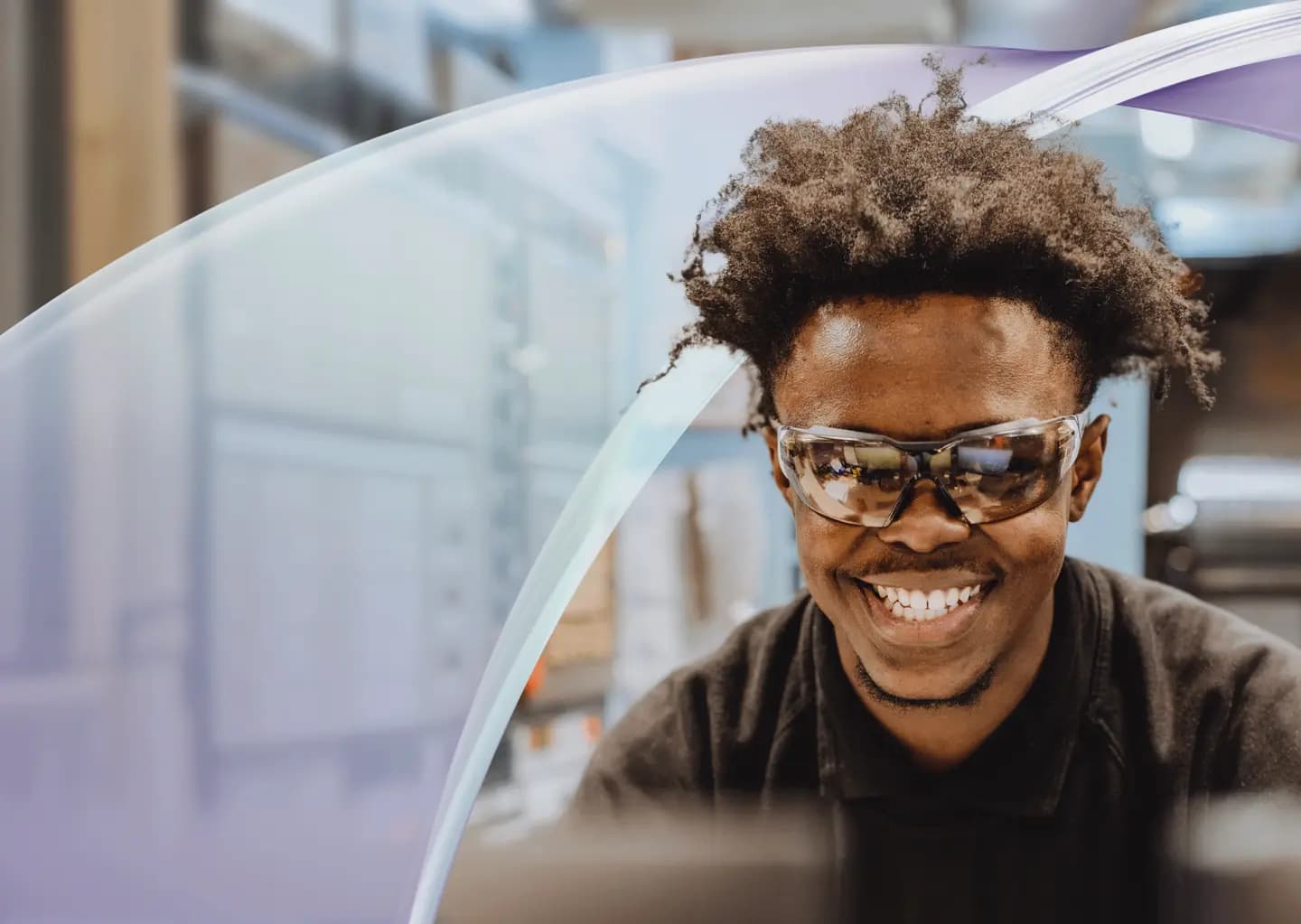
BLOG
Underwater Innovation: How 3D printing is shaping the submarine service

Written By Rob Taylor
May 19, 2025
Additive manufacturing (AM) is hardly new. Its roots can be traced back to the 1980s with the development of stereolithography.
Yet despite this 40-year period, AM is only now beginning to gather pace within specific industries, such as defence. This is unsurprising given the conservative nature of work in critical environments, which demands robust testing and validation before a product can be reclassified from unproven.
Defence, particularly the submarine sector, is also inherently secretive, making it challenging to scale new technologies at the same pace as other industries. If something is legitimately game-changing or offers a potential edge over adversaries, it’s unlikely to be part of a global standard others can adopt.
Still, we have used AM to develop successful products designed specifically for the submarine arm, the ‘silent service.’ Our engineering experts have used it to unlock levels of performance that would otherwise be unattainable using traditional manufacturing techniques, and they have also significantly improved the efficiency of routine maintenance.
Breaching the risk profile
While the defence sector typically has a low appetite for risk, there are occasions when the potential to create groundbreaking value for the industry outweighs these hesitations in favour of a new product with the potential to offer something new.
Our Acoustic Control Vantage™ technology provides a good example of this. During development, initial conversations with senior naval leaders showed that many of them were unsure of using valve parts made with AM simply because they were unfamiliar with the process. Only when we demonstrated that this design, which is impossible to achieve without using additive manufacturing techniques, could deliver both sound reduction and the manipulation of specific frequencies, did mindsets begin to change.
The trim we used on ACV, creates a profile to control fluid velocities. Laser powder bed fusion (LPBF) was the best candidate for this approach, as it allows for more complex geometries that are difficult to replicate with other AM approaches (and near impossible with subtractive manufacturing).
Laser powder bed fusion is also an excellent way to explore biomimicry. Commonly seen in the aerospace industry, the option to create more complex structures means that we can draw inspiration from nature’s features to develop new valve designs. Spider webs and honeycomb are often cited here, though the freedom AM provides leaves many other options open. And all of this can be done while keeping weight down, which is especially important for submarines given the need to control mass if a blast threatens a vessel’s hull.
We have used two other types of additive manufacturing for naval work. The first, electron beam welding, has long been used in marine environments and is particularly useful for work on larger structures. The second, wire arc AM (WAAM), entails welding layers of wire into a general shape that is then machined to the final shape. It is particularly useful for work on larger structures. It replaces large castings with very long lead times that can sometimes generate porosity, whereas the electron beam welded approach layers readily and commercially available plates on top of each other. It is a process that permits the layering of the nickel-aluminium, bronze-type materials used extensively in legacy submarines and is ideal for in-house prototyping with polycarbonate. This type of prototyping is more off-the-shelf, allowing us to think more about the ‘human factor,’ that is, how submariners will handle and use valve designs, particularly in high-alert situations. In other words, we have machine technology that improves human factors.
For example, with some navies finally having women serving at sea, submarine design uses anthropometric data (measuring male and female bodily dimensions and force allowance) to ensure that all personnel can successfully operate onboard valves. Many of the valves found on submarines are critical isolation valves connected to seawater. In the event of a catastrophic event, we ensure that each of these can be operated manually, regardless of who reaches the valve first, and design our technology between the 5th and 95th percentile of crew members based on the anthropometric data.
Closer to home
AM offers a raft of benefits from a manufacturing and product development point of view, many of which tie into our vision of partnering closely with our customers to deliver operational excellence.
From an environmental perspective, AM effectively eliminates the emissions associated with transport, as production can be brought much closer to its point of use. An independent study we commissioned has also shown that AM uses considerably less energy than traditional techniques to manufacture valve parts. Collectively, these factors contribute toward a considerable reduction in a product’s volume of embodied carbon.
However, it’s in the sphere of logistics that AM has really come into its own for defence purposes. Owing to the materials used and the complexity of certain designs, some valves and valve parts are subject to longer lead times. This waiting period only adds to the fleet availability challenge, which has recently seen some navies with a large section of their fleet docked for more than 50 days. The culprit is often routine maintenance work, exacerbated by bottlenecks in the supply chain, something my colleague has written about here.
Printing parts on site or much closer to where maintenance is taking place can mean that parts could be produced in a matter of days, rather than a typical defence business, with a lead time closer to twelve months. Working this way also allows local companies to take on the production work when an OEM does not have a physical presence in that part of the world, meaning that a ship or submarine can be back in service in weeks, not months. Given that the defence sector relies on public money, the localisation afforded by AM is especially valuable, not least because trade in defence has taken a more protectionist direction in recent years.
AM offers compound interest for defence. It can optimise valve designs and bring the product closer to where it’s needed. Given that some boats have thousands of valves fitted on board, those incremental improvements soon add up. This is why we continue embedding technology into customer projects wherever possible.
Keep in touch
Stay up to date on all the latest news and articles from IMI.

Keep in touch
Stay up to date on all the latest news and articles from IMI.


Keep in touch
Stay up to date on all the latest news and articles from IMI.
Engineering the future together
Looking for the perfect flow control solution? Our experts specialise in providing tailored solutions to meet your unique needs. Let us help you achieve optimal performance, efficiency and safety.